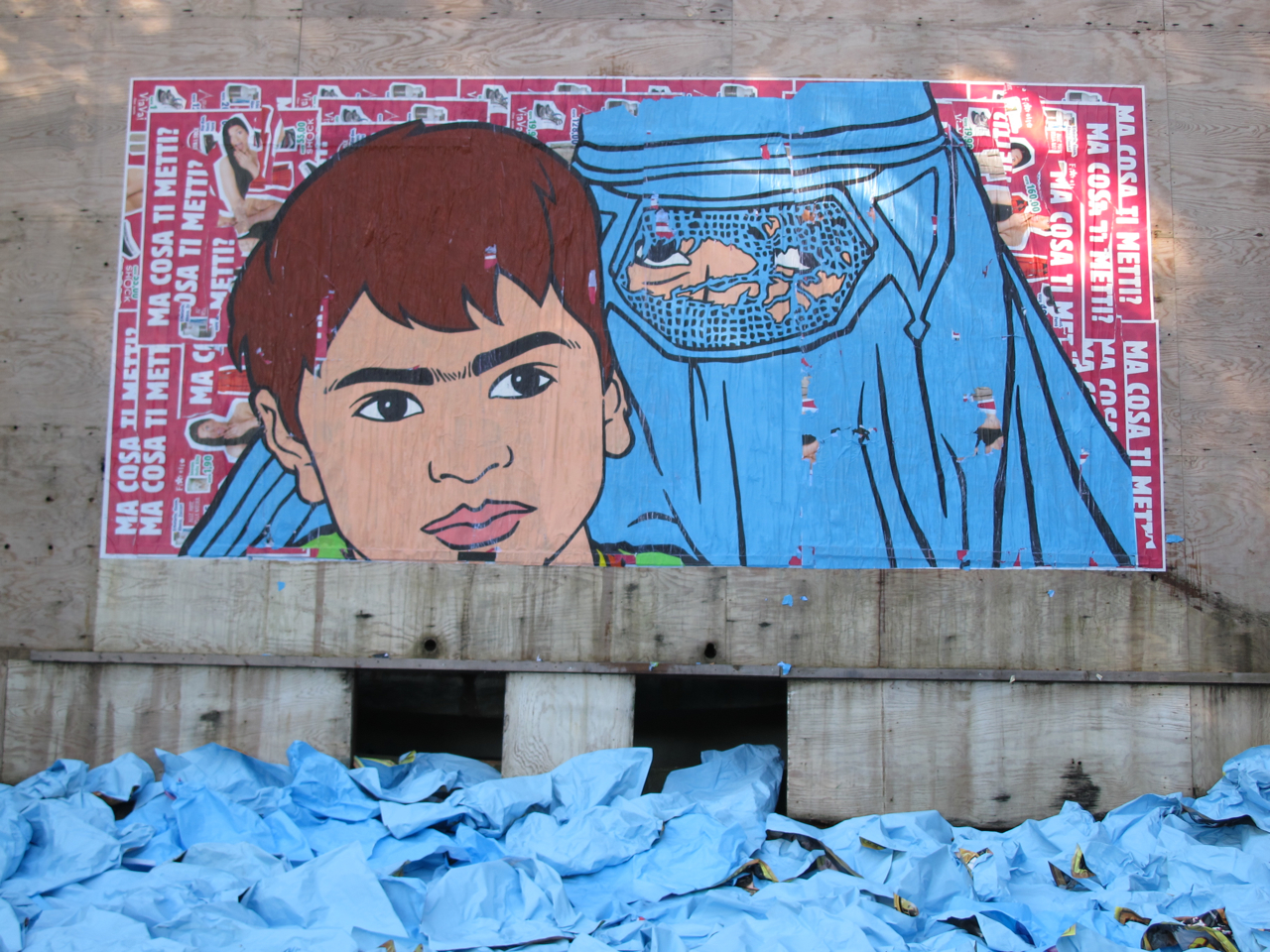It’s a matter of trust. So went the logic of Monday’s announcement by Canada’s immigration minister, that the government would ban the wearing of niqab, or burqas, when veil-wearing Muslim women take Canadian citizenship. Judges have to be certain they know who they’re dealing with when awarding such privileges, Minister Jason Kenney informed The Guardian.
Though defended through the invocation of liberal principles such as openness and equality, the reactionary assumptions of the decision are inescapable. Consider the gendered aspect of the legislation. Only devout women wear such garments. By casting doubt on the veracity of a woman’s identity in traditional garb, we inevitably call into doubt the reliability of their gender. Do women always tell the truth? Only when you can see them for who they really are. This is the message decisions like Kenney’s communicate.
As popular as such policies are proving to be – France and Belgium have passed similar legislation, while other EU member states are debating similar laws – in Europe, there is also substantial opposition to such initiatives. Only need only reference the proliferation of pro-migrant street art to understand how widespread public protest actually is. This particular rendition, of burqa- wearing women in Berlin’s heavily Turkish Kreuzberg district, is a great example. Muslim women appear as mysterious, ghost-like apparitions, in cartoon drag.
Though it’s obstensibly intended to enshrine equality, such legislation has the function of symbolically segregating Muslim women, by emphasizing how their religion designates them as existing apart from other women, as well as men. This installation, in Berlin’s Neukolln district, depicts women wearing two different kinds of Muslim head coverings, sitting next to an elderly white woman, wearing her own European woman’s hat. The critique is obvious. Traditional or devout does not mean living apart.
The idea of isolation conferred by such criticism of religious clothing extends to the notion that devout women do not necessarily live in traditional social groupings, like families. If you live in any major European city, it is not uncommon to see hijab and burqa-clad women with children. Nonetheless, bans on traditional religious garb, as though they were disguises, suggest that such clothing is somehow destabilizing.
The photograph above, of a hijab-clad woman with her family, is a good example of how one might criticize such ideas. A pro-migrant adhesive, several variants of this sticker have been placed throughout Turin. The lead photograph in this article is another example. From the looks of it, this sticker is by the same artist, and from the same series. One day, I’ll track them down, and ask them exactly what they had in mind.
Photographs courtesy of the author








